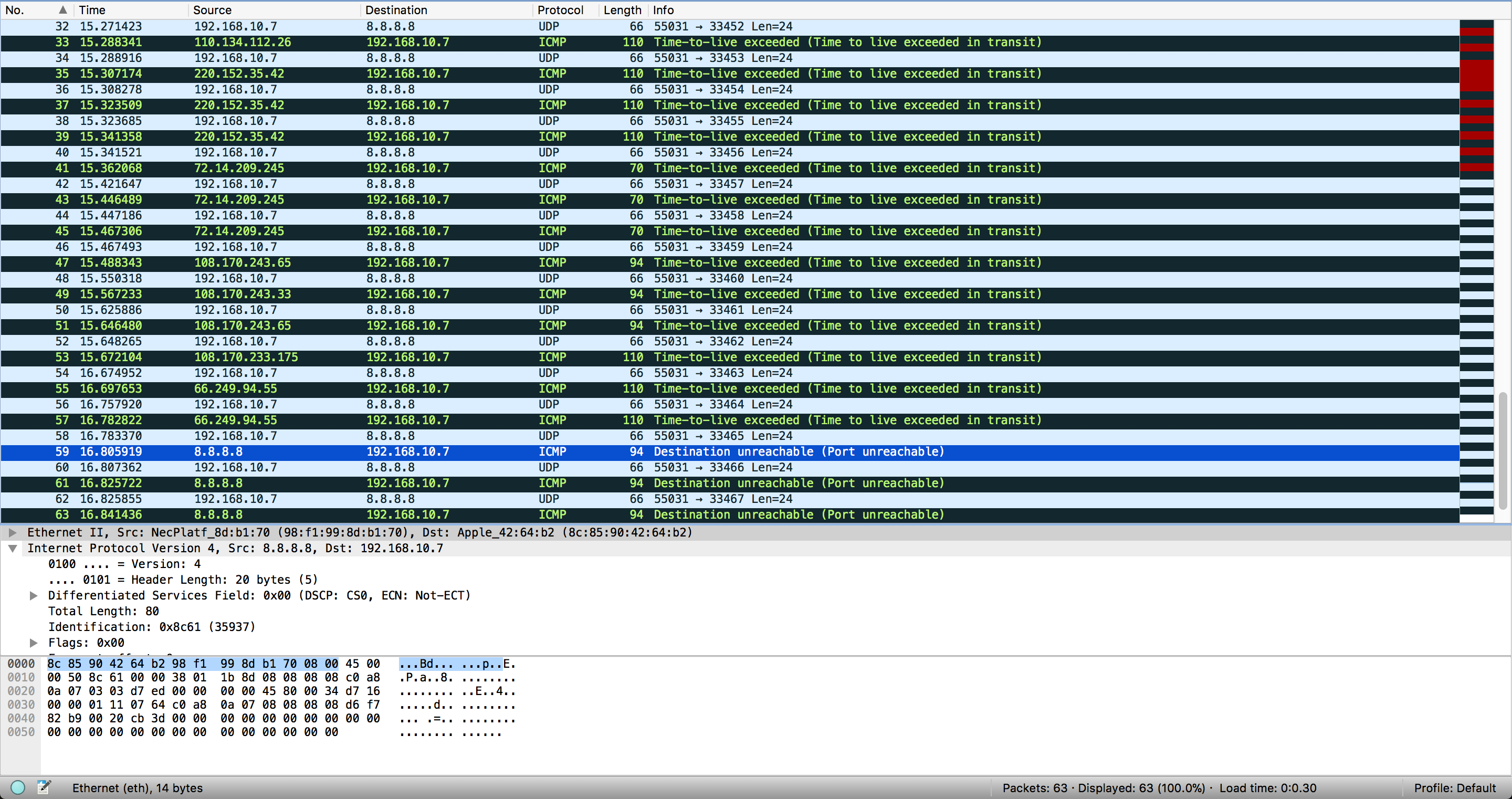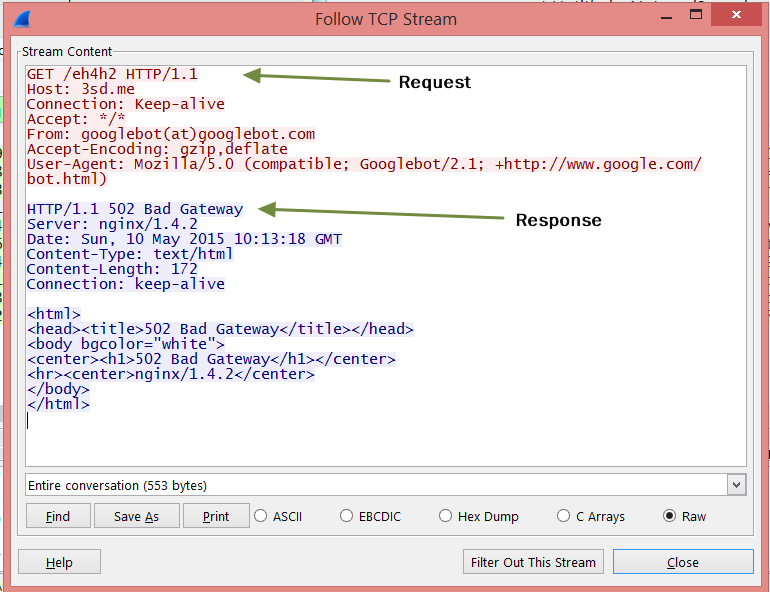

- TCPDUMP WIRESHARK HOW TO
- TCPDUMP WIRESHARK MANUAL
- TCPDUMP WIRESHARK UPGRADE
- TCPDUMP WIRESHARK CODE
- TCPDUMP WIRESHARK LICENSE
Please ask your Support Agent or read unix/linux manual page tcpdump for more options. This tool has lots of options that will not be discussed here. Tcpdump is a command line utility to capture network traffic on unix clients like OS X.

Go back to your Wireshark screen and press Ctrl + E to stop capturing.Īfter the traffic capture is stopped, please save the captured traffic into a *.pcap format file and attach it to your support ticket.įiddler can capture local traffic by using the machine's name as the host name rather than 'localhost'.Visit the URL that you wanted to capture the traffic from.Click on the Start button to capture traffic via this interface. You'll want to capture traffic that goes through your ethernet driver.It provides a comprehensive capture and is more informative than Fiddler. Wireshark is a network protocol analyzer that can be installed on Windows, Linux, and Mac. Also, include the timeframe of when you performed the operation requested by support. Remember to mention the IP Address of the servers involved so Atlassian Support can use that to filter through the TCP dump. When submitting the captured result to support.
TCPDUMP WIRESHARK HOW TO
How to disable custom Configure Fields in Create Issue screen. How Configure Fields works and how to debug common errors. Jira integrated with OKTA fails to start after upgraging to 8.22.2. TCPDUMP WIRESHARK UPGRADE
On-Prem Upgrade Information (March 2022). Jira is logging multiple cache flushes in the application logs. Bidirectional characters warning in Atlassian products. How to manage Premier Support named contacts. How to download Atlassian Marketplace apps through the command line. Using JDK 11 to develop apps with the Atlassian SDK is not yet supported. JVM is not reachable with jstat and jstack. Jira Align - Work In Process by Value Stream is missing work items. Jira Align - Jira Connector pages do not load completely. Unable to synchronize with Active Directory due to SSL requirement. How to Unsubscribe from Jira Server or Confluence Server apps on TestFlight. How to configure Apache for caching and HTTP/2. HTTP2 health check fails in Data Center when configuring CDN. User-installed apps health check fails in Data Center when configuring CDN. How to block access to a specific URL at Tomcat. How to log in to my Atlassian cloud site for the first time. How to use the Performance Data Collector. User unable to login into Crowd after Crowd was upgraded. TCPDUMP WIRESHARK CODE
Users are unable to log in to JIRA (LDAP: error code 49, data 52e). TCPDUMP WIRESHARK LICENSE
Creating A Jira Administrator That Does Not Count Towards License.Basic authentication fails for outgoing proxy in Java 8u111.

 Editor Window is Small After Upgrading where as the preview is Normal window size. Health Check: Lucene index files location. Websudo is disabled after migration from JIRA cloud to JIRA server. How to set the timezone for the Java environment. User Management Troubleshooting and How-To Guides. Test disk access speed for a Java application. Single Sign-on Integration with Atlassian products. Purchased Add-ons feature is unavailable. Cross Site Request Forgery (CSRF) protection changes in Atlassian REST. How to capture HTTP traffic using Wireshark, Fiddler, or tcpdump. Best practices for performance troubleshooting tools. Database Troubleshooting and How-to Guides. Application Links Troubleshooting Guide. RFC 3489 STUN - Simple Traversal of User Datagram Protocol (UDP) Through Network Address Translators (NATs) - the first version of STUN. There is no preference setting for the STUN dissector. The well known UDP/TCP port for STUN traffic is 3478. UDP/ TCP/ TLS: Typically, STUN uses UDP, TCP or TLS as its transport protocol. The current draft of STUN (draft-ietf-behave-rfc3489bis-05) is in WGLC in the Behave WG of the IETF, and the relay usage (formerly known as TURN) will be soon in WGLC. There was some deployments in the field of implementations based on this draft (draft-ietf-rfc3489bis-02 and draft-rosenberg-midcom-turn-08) After this, the development of STUN was essentially rebooted, and TURN became a STUN usage. Also TURN was designed as a STUN extension to create a packet relay. After the publication of RFC 3489, the work restarted to fix the problems, and the NAT behavior discovery usage was removed. It was a simple client/server protocol with two usages: Finding the binding IP address and port in a NAT, and discovering the NAT behavior. STUN was originally an acronym for Simple Traversal of UDP Through NAT. Simple Traversal Underneath NATs (STUN) is a lightweight protocol that serves as a tool for application protocols in dealing with NAT traversal.
Editor Window is Small After Upgrading where as the preview is Normal window size. Health Check: Lucene index files location. Websudo is disabled after migration from JIRA cloud to JIRA server. How to set the timezone for the Java environment. User Management Troubleshooting and How-To Guides. Test disk access speed for a Java application. Single Sign-on Integration with Atlassian products. Purchased Add-ons feature is unavailable. Cross Site Request Forgery (CSRF) protection changes in Atlassian REST. How to capture HTTP traffic using Wireshark, Fiddler, or tcpdump. Best practices for performance troubleshooting tools. Database Troubleshooting and How-to Guides. Application Links Troubleshooting Guide. RFC 3489 STUN - Simple Traversal of User Datagram Protocol (UDP) Through Network Address Translators (NATs) - the first version of STUN. There is no preference setting for the STUN dissector. The well known UDP/TCP port for STUN traffic is 3478. UDP/ TCP/ TLS: Typically, STUN uses UDP, TCP or TLS as its transport protocol. The current draft of STUN (draft-ietf-behave-rfc3489bis-05) is in WGLC in the Behave WG of the IETF, and the relay usage (formerly known as TURN) will be soon in WGLC. There was some deployments in the field of implementations based on this draft (draft-ietf-rfc3489bis-02 and draft-rosenberg-midcom-turn-08) After this, the development of STUN was essentially rebooted, and TURN became a STUN usage. Also TURN was designed as a STUN extension to create a packet relay. After the publication of RFC 3489, the work restarted to fix the problems, and the NAT behavior discovery usage was removed. It was a simple client/server protocol with two usages: Finding the binding IP address and port in a NAT, and discovering the NAT behavior. STUN was originally an acronym for Simple Traversal of UDP Through NAT. Simple Traversal Underneath NATs (STUN) is a lightweight protocol that serves as a tool for application protocols in dealing with NAT traversal.








 0 kommentar(er)
0 kommentar(er)
